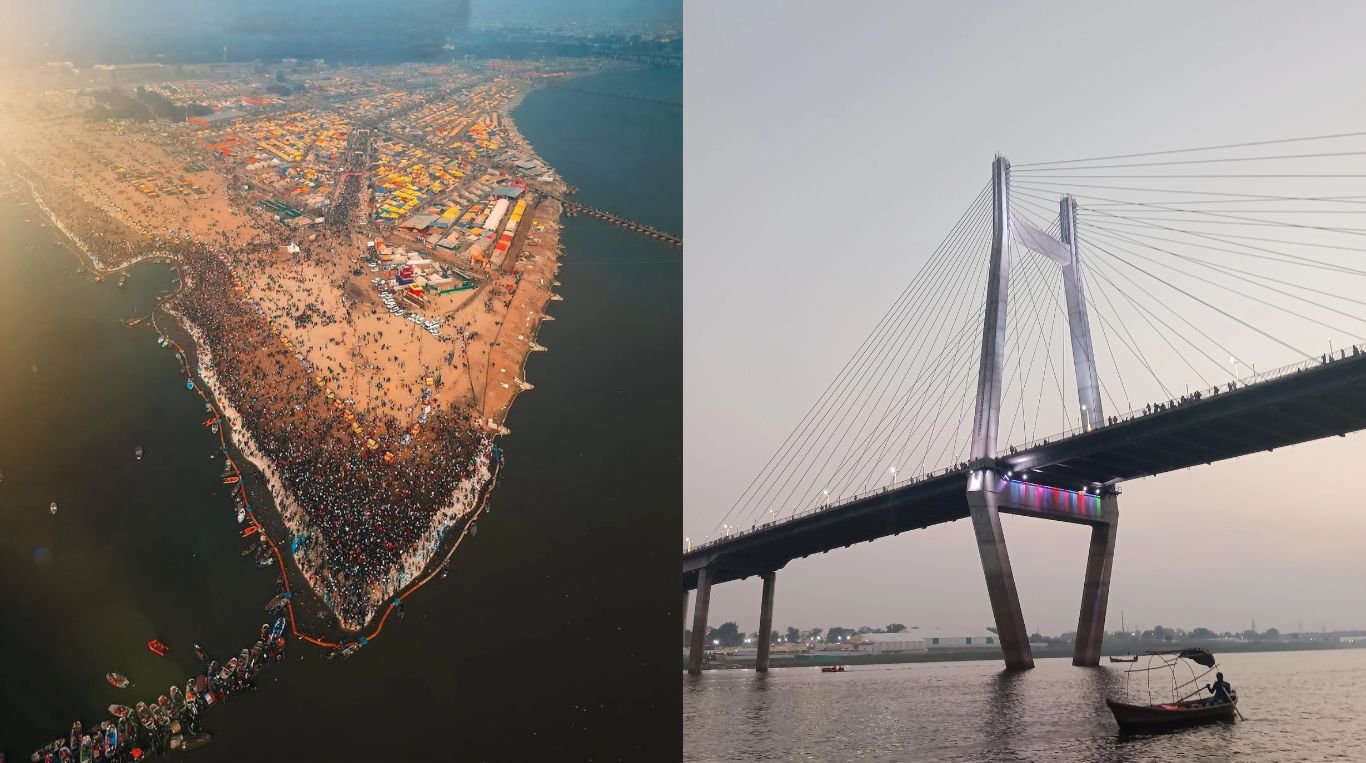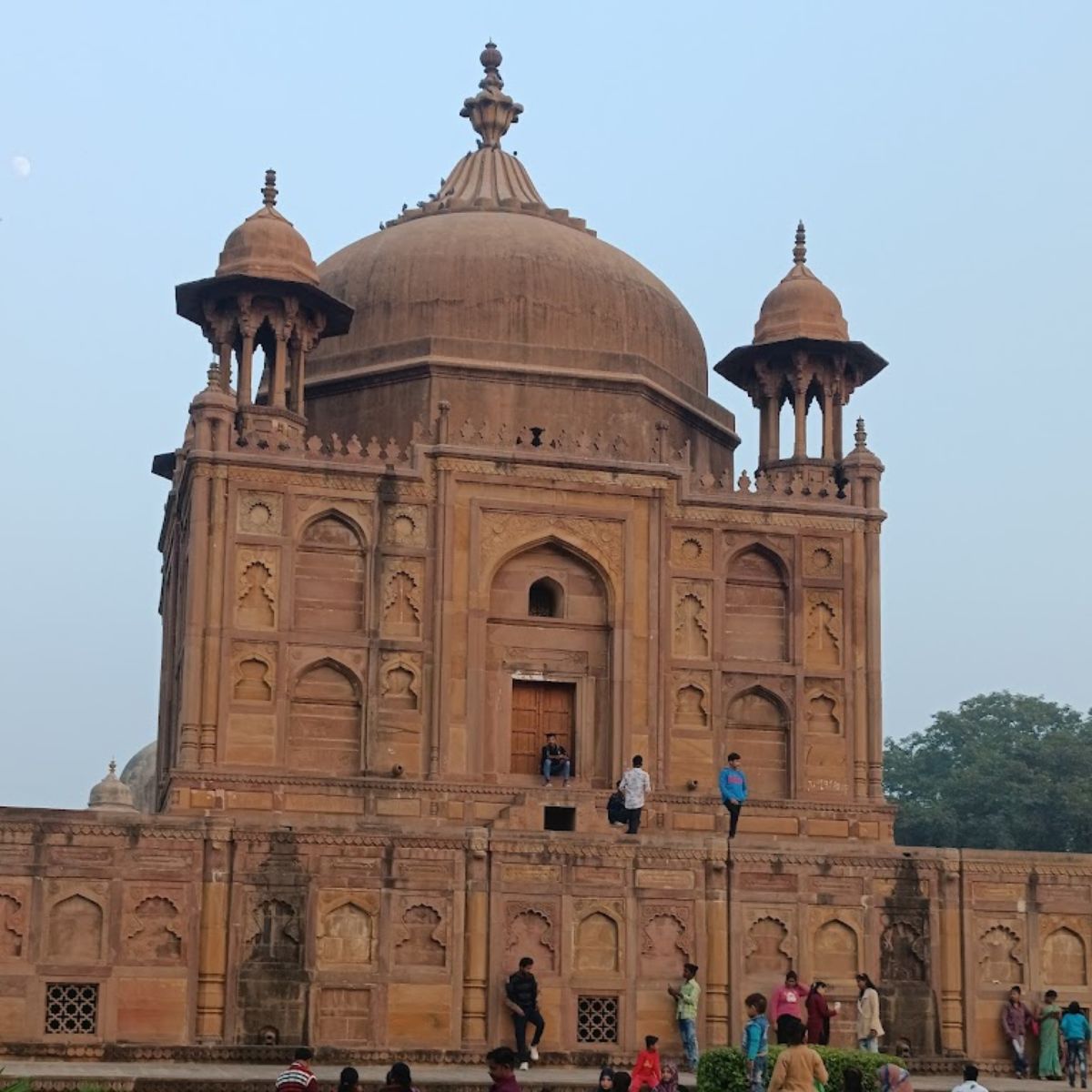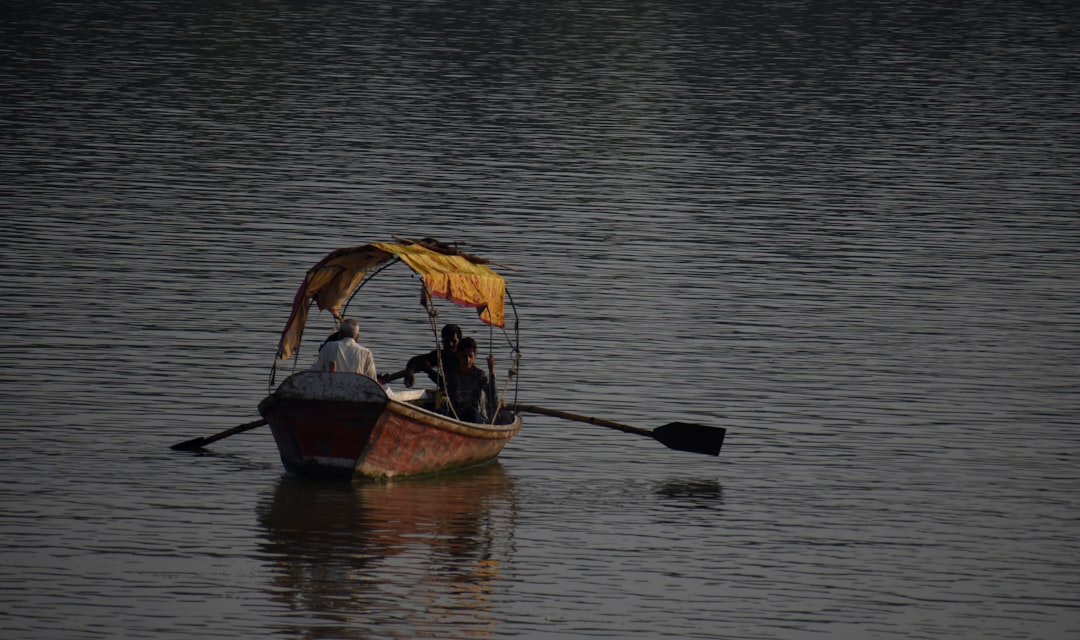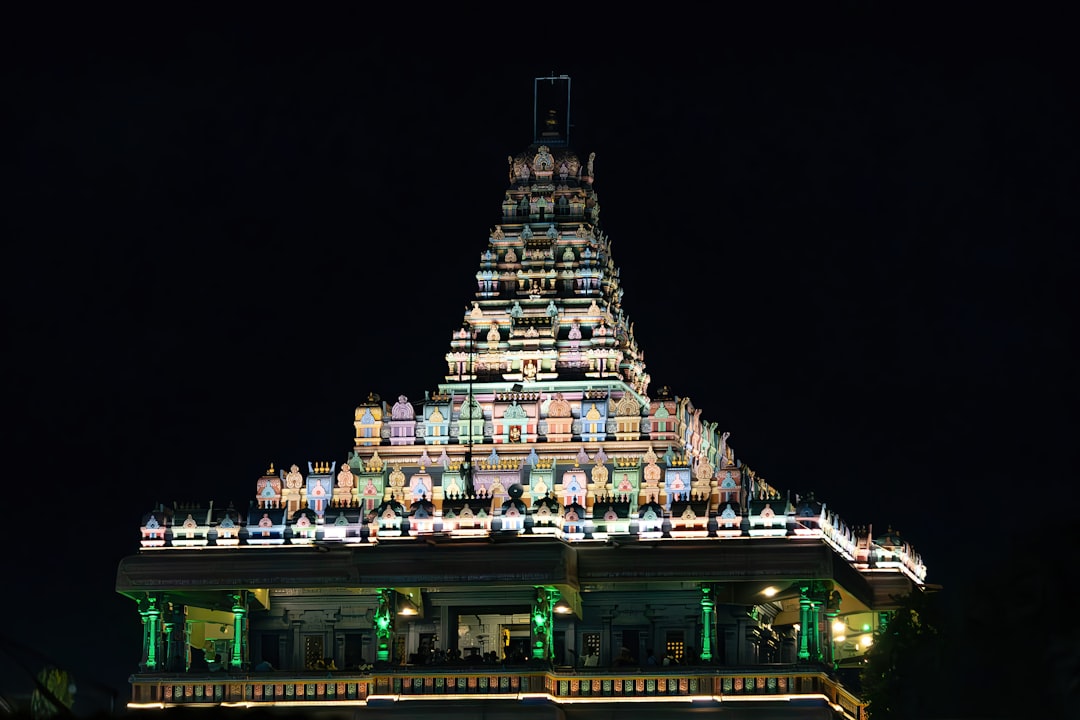Prayagraj, historically known as Allahabad, is a city in the northern Indian state of Uttar Pradesh. It holds immense historical, cultural, and religious significance. The city is famous for the Triveni Sangam, the confluence of the Ganga, Yamuna, and the mythical Saraswati rivers, which is considered one of the holiest sites in Hinduism.
In addition to being a major religious and pilgrimage center, Prayagraj has played a crucial role in India’s political history, serving as the birthplace of several national leaders and movements during the Indian independence struggle. Today, it remains a key hub for education, administration, and tourism.
1. History
Prayagraj is one of the oldest cities in India, with references in Hindu scriptures such as the Rigveda and Mahabharata. The region has been inhabited since the Vedic period, with its earliest recorded mention as Prayag—meaning “the place of sacrifice.”
Ancient and Medieval History
- The city has been an important center for Hindu rituals and is believed to be the site where Lord Brahma performed the first yajna (sacrifice).
- During the Maurya and Gupta empires, Prayagraj emerged as a key administrative and trade center.
- The city was later captured by the Mughals, and in 1583, Emperor Akbar renamed it “Ilahabas” (which later became Allahabad). He built the Allahabad Fort, which remains one of the most prominent Mughal structures in the city.
Colonial Era and Independence Movement
- Under British rule, Allahabad became a major administrative and educational hub. It was the capital of the North-Western Provinces and later the United Provinces.
- The city played a crucial role in the Indian freedom struggle, with leaders like Mahatma Gandhi, Jawaharlal Nehru, and Motilal Nehru frequently convening at Anand Bhavan, the ancestral home of the Nehru family.
- After India gained independence in 1947, the city continued to be a major center for governance and education.
For more details on historical events, visit History of Allahabad.
2. Geography and Climate
Prayagraj is located at 25.45°N latitude and 81.85°E longitude, covering an area of approximately 365 square kilometers. The city is situated at an average elevation of 98 meters (322 feet) above sea level.
Climate
Prayagraj experiences a humid subtropical climate characterized by three distinct seasons:
- Summers (March–June): Hot and dry, with temperatures exceeding 42°C (108°F).
- Monsoon (July–September): Receives moderate to heavy rainfall, contributing to the fertility of the region.
- Winters (October–February): Cool and pleasant, with temperatures ranging between 5°C to 15°C (41°F to 59°F).
For a deeper understanding, read Geography of Prayagraj.
3. Religious and Cultural Importance
Prayagraj is considered one of the most sacred cities in Hinduism. It is home to numerous temples, ashrams, and religious sites.
Major Religious Sites
- Triveni Sangam – The site of the confluence of the three holy rivers, attracting millions of pilgrims.
- Kumbh Mela – Held every 12 years, it is the largest religious gathering in the world.
- Bade Hanuman Ji Temple – Houses a unique idol of Lord Hanuman in a reclining posture.
- Alopi Devi Temple – One of the 51 Shakti Peethas of Goddess Sati.
- Nag Vasuki Temple – Dedicated to Lord Vishnu and revered during Nag Panchami.
To explore more religious landmarks, visit Temples in Prayagraj.
4. Education and Universities
Prayagraj is often called an education capital, with some of the most prestigious institutions in India.
Notable Educational Institutions
- University of Allahabad – Established in 1887, it is one of the oldest universities in India.
- Motilal Nehru National Institute of Technology (MNNIT) – A top engineering college in India.
- Ewing Christian College – A well-regarded autonomous college affiliated with Allahabad University.
- Harish Chandra Research Institute – Known for advanced research in mathematics and physics.
- Numerous coaching centers for UPSC, SSC, IIT-JEE, and medical entrance exams.
Check out Education in Prayagraj for more details.
5. Economy and Infrastructure
Prayagraj has a diverse economy, driven by education, tourism, agriculture, and trade.
Key Economic Sectors
- Tourism: Religious tourism contributes significantly to the city’s economy.
- Agriculture: Fertile lands yield wheat, rice, and sugarcane.
- Small-scale industries: The city is known for its glassware, textiles, and handicrafts.
For more insights, visit Economic Landscape of Prayagraj.
6. Transport and Connectivity
Prayagraj has a well-developed transport network, making it easily accessible.
Major Transport Modes
- By Air: Prayagraj Airport connects to Delhi, Mumbai, and Bengaluru.
- By Rail: A major railway junction on the Howrah–Delhi route.
- By Road: National highways NH-19, NH-30, and NH-35 pass through the city.
- Local Transport: Public buses, auto-rickshaws, and cycle rickshaws are widely available.
For more details, visit Transport in Prayagraj.
Conclusion
Prayagraj (Allahabad) is a city that seamlessly blends history, spirituality, education, and development. It remains a major pilgrimage destination, an educational powerhouse, and an economic hub in Uttar Pradesh. Whether you’re visiting for religious reasons, academic pursuits, or just to explore its rich heritage, Prayagraj offers something for everyone.
For more information, visit Prayagraj Portal for the latest updates and insights.



